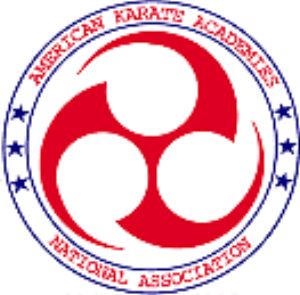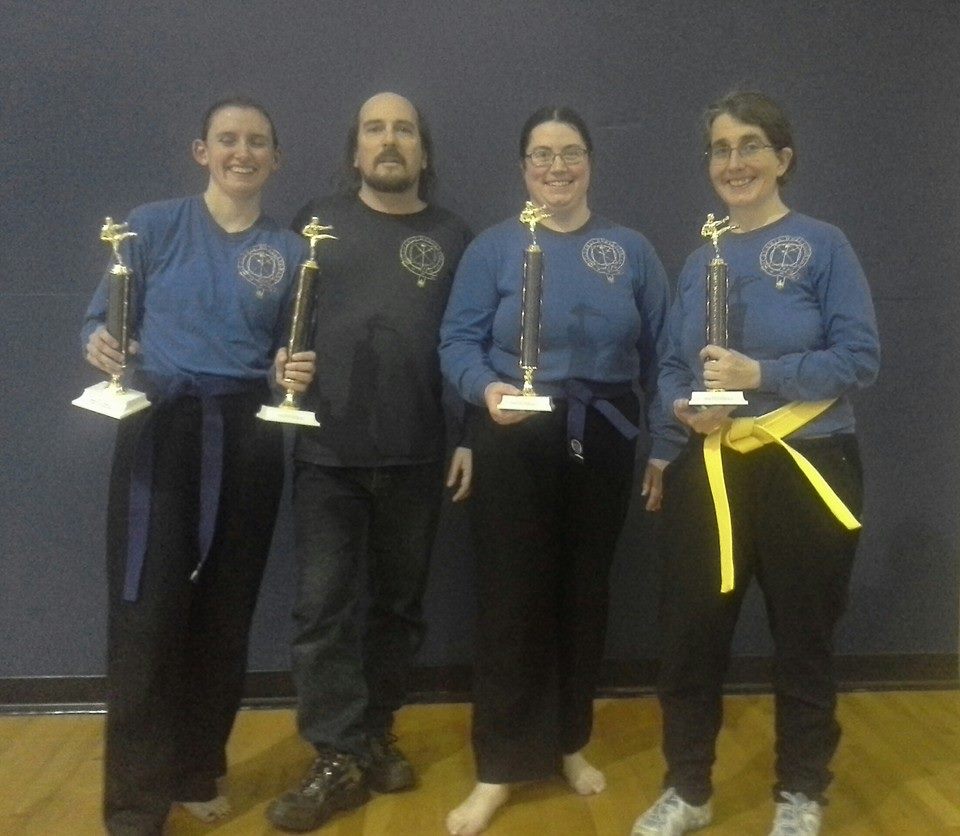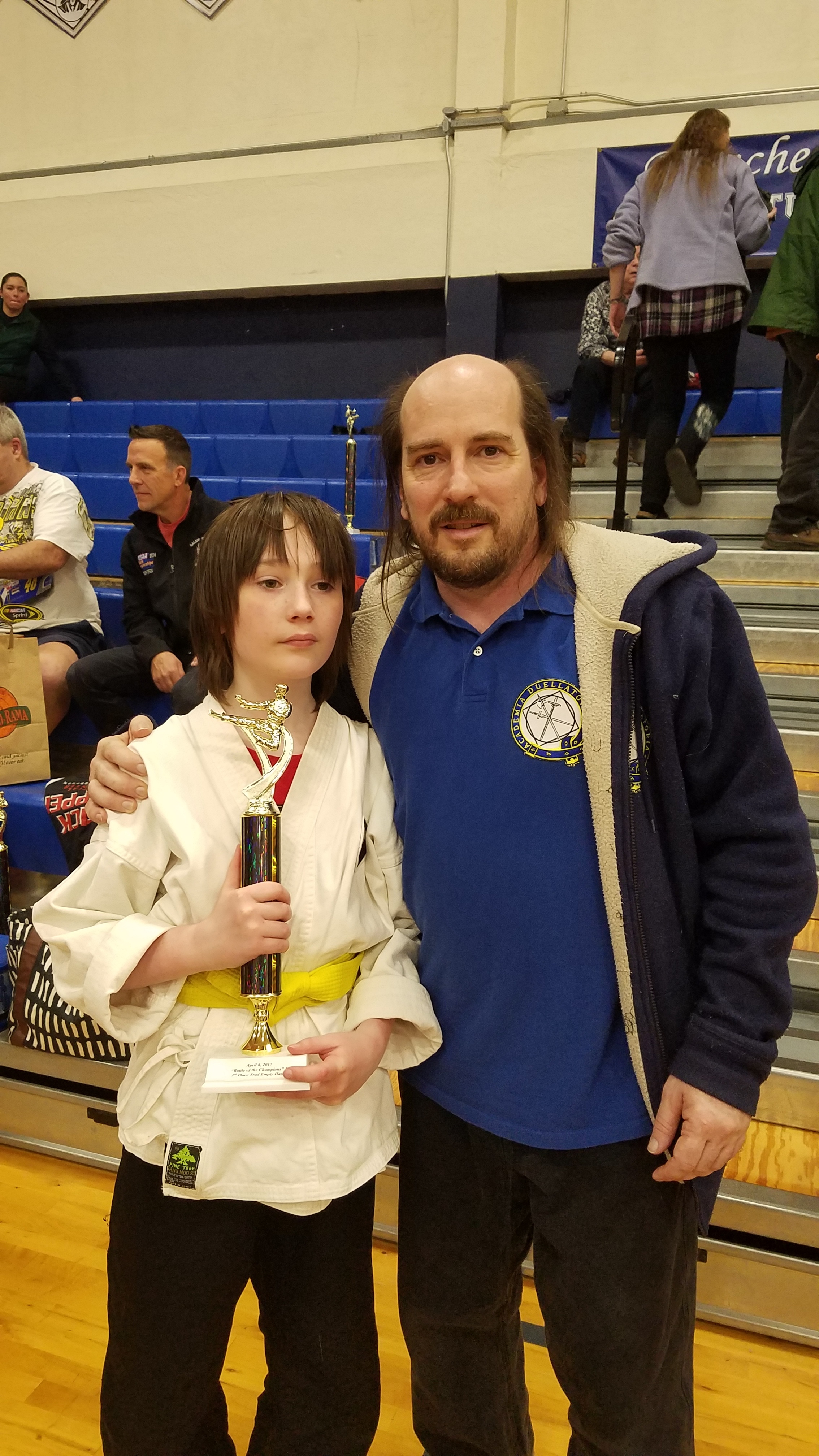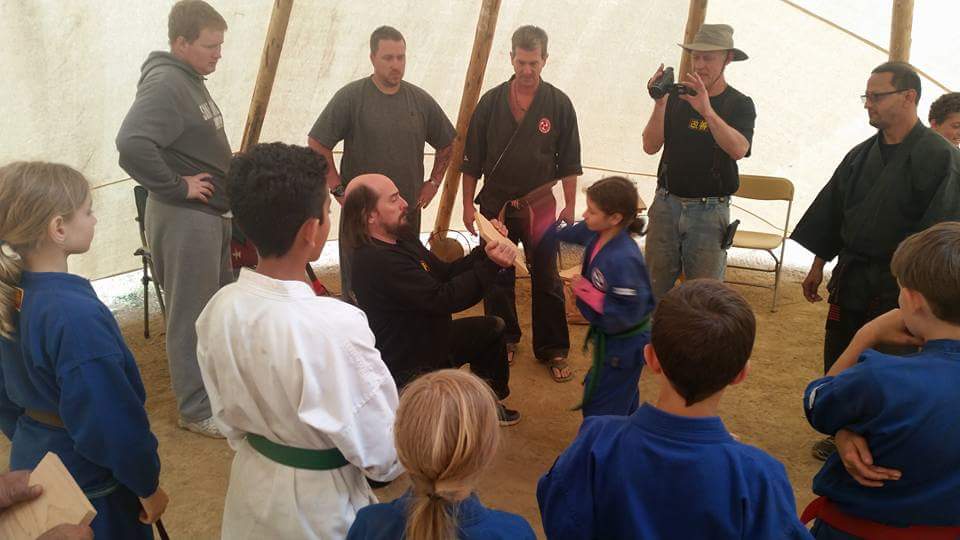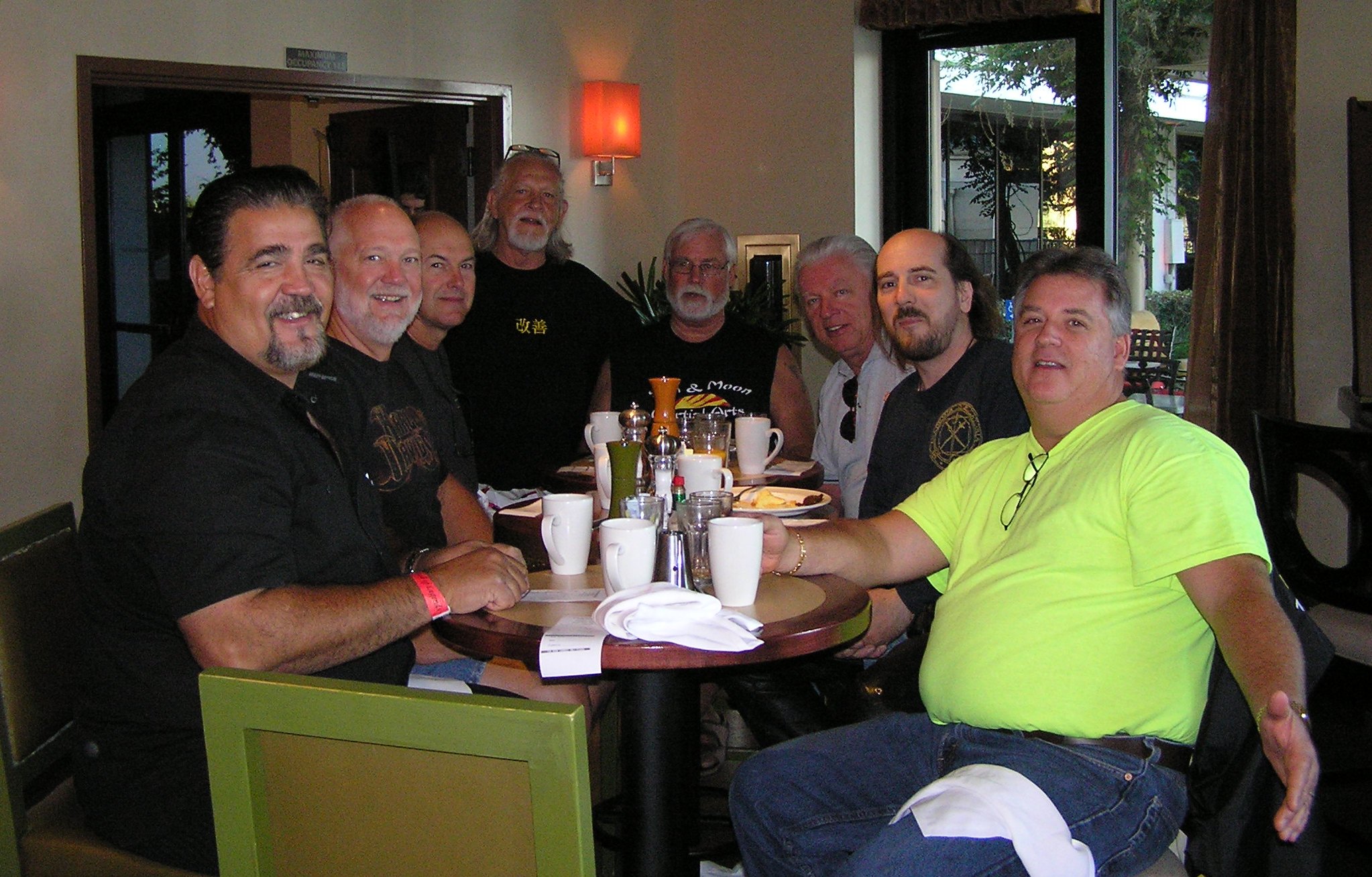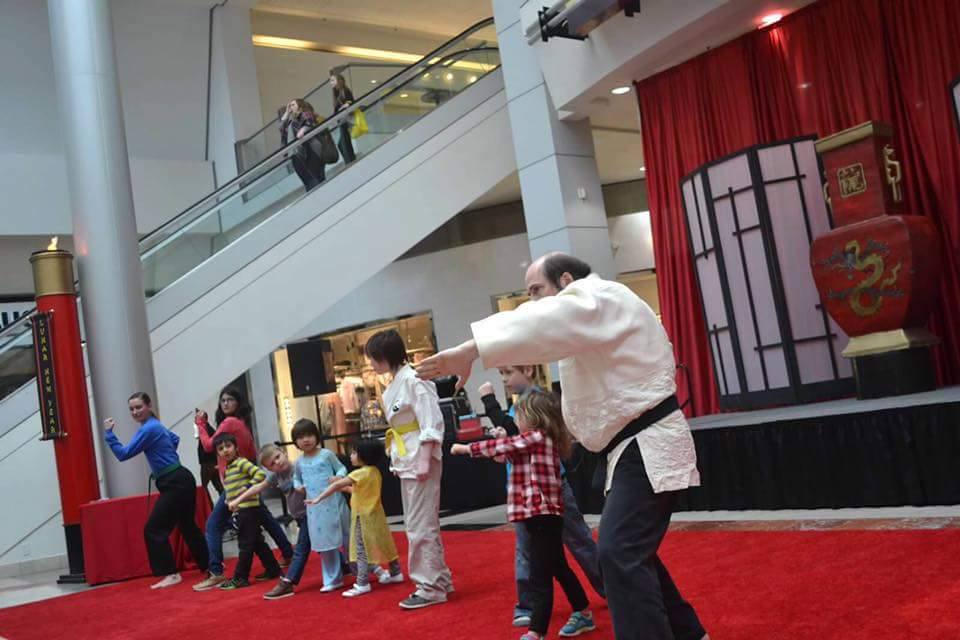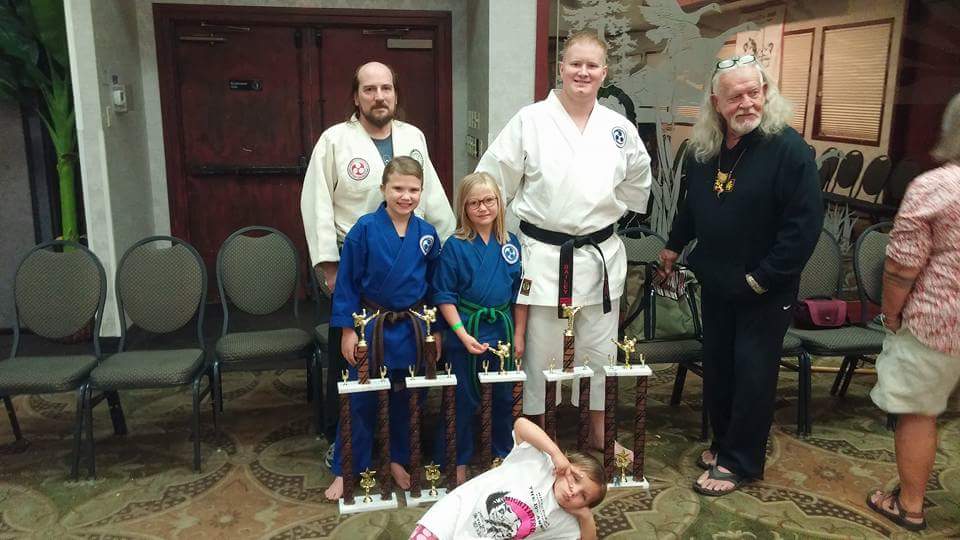It all started when…
Karate has been taught in the United States since 1946, when Grandmaster Robert A. Trias, known as the father of American Karate, opened the first karate school in Phoenix, Arizona. Two years later, Mr. Trias founded the United States Karate Association (USKA), the first karate organization in America, with almost every early top karate instructor in its membership.
After being invited to create an American system of karate, on May 2, 1972 Hanshi Jerry C. Piddington was declared the Headmaster and founder of American Open Style Karate under the USKA sanctified charter, established by Mr. Trias. This was internationally ratified on May 30, 1975. The American Open Style Karate system is a blend of styles acquired from many pioneers of modern day karate and the only American Karate system to be recognized by the USKA. The mechanical principles, technical aspects, and psychological elements are based on ancient arts of hand-to-hand combat.
American Open Style Karate can be divided into several categories of the martial arts: traditional art form called kata, self-defense striking and grappling techniques called goshin waza, the art of weaponry called kobudo, and karate sparring called kumite. These different facets of AOSK allow students to focus on one or more areas of their individual interest.
American Open Style Karate, Kata, the most formal of karate exercises (ancient weapons and empty-hand) were created by Hanshi Piddington under the influence of Okinawan styles of karatedo such as Shuri-Ryu, Shorei-ryu, Shorin-ryu, and Goju-ryu. In February 2000, this tradition was acknowledged when Mr. Piddington was declared Headmaster of American Shorei/Shorin Karate by Hanshi John Pachivas, Grandmaster of Shuri-ryu Karatedo. The American Open Style Kata are essential to a good mental and physical foundation of karatedo basics
The American Open Goshin Waza (realistic techniques against strikes and grabs) evolve from a variety of Okinawan, Japanese, Chinese, and Korean styles such as Shuri-ryu, Shotokan, Jiu-Jitsu, Kenpo, and Hapkido. These self-defense waza are designed to be effective against an opponent from outside, to inside, to on-the-ground ranges.
The American Open Kobudo consists of ancient weaponry such as the bo and jo staff, oar, escrima, nunchaku, sai, kama. Many of these weapons are practiced at the Yudansha (black belt) level.
The American Open Kumite Techniques (traditional kumite, point karate, full contact karate, kickboxing, and Muay Thai boxing) come from many world champions. These sport karate sparring techniques are used in reactionary drills and sparring, to condition students for sport karate competition.
The AOSK is not just a fighting system of self-defense, physical fitness, and competition. It is a true art, which stresses character building, by instilling traditional values of discipline, responsibility, confidence, humility, courtesy, and respect. In return, the karate-ka will overcome their fears and weaknesses, learning to avoid or walk away from a physical confrontation, if possible, but defend themselves or others, if absolutely necessary.
The Hombo dojo and national headquarters currently resides at the school run by Hanshi Piddington located in Ashland Oregon.
http://ashlandkarateacademy.com/hanshi-piddington/
Academia Duellatoria instructor Jeff Richardson received his black belt from Hanshi Piddington in 1995 while serving as A.K.A.N.A. publicist and the hombo dojo's tournament promoter. Rank earned in American Open Style Karate will be recognized by Hanshi Piddington and given official A.K.A.N.A. rank certificates. In addition to AOSK specific classes Academia Duellatoria encourages participation in it’s self defense/Bartitsu class which compliments the regular karate training sessions.
